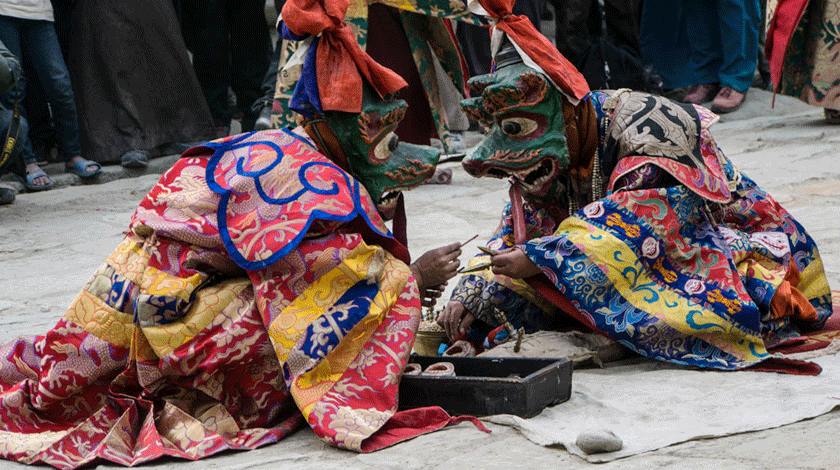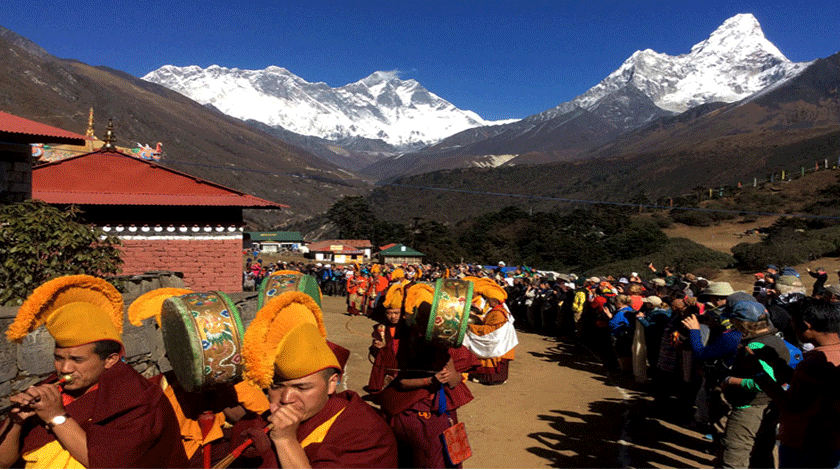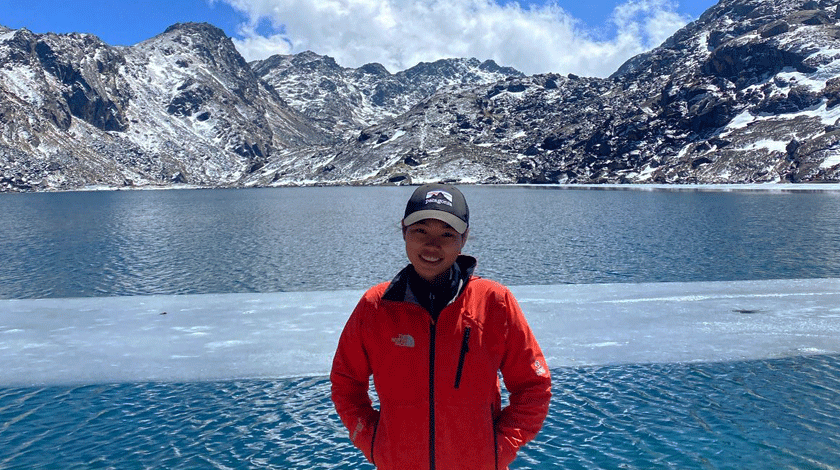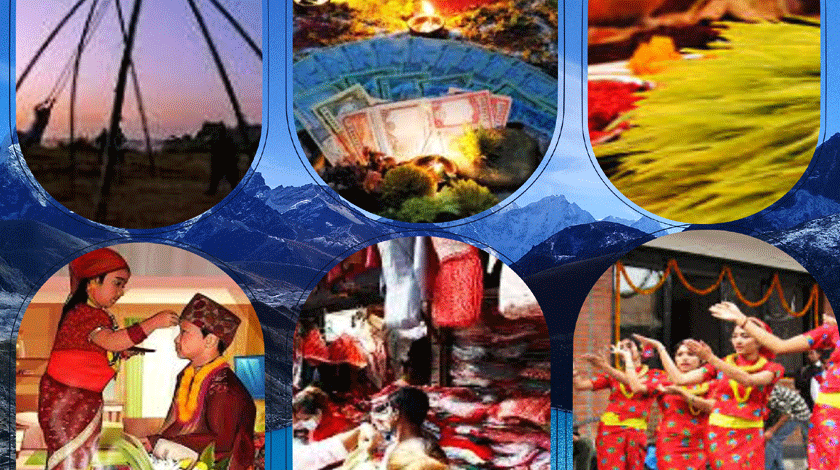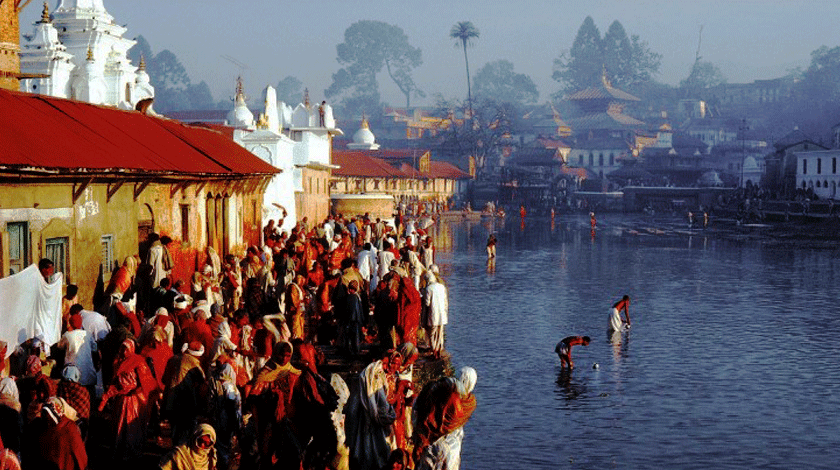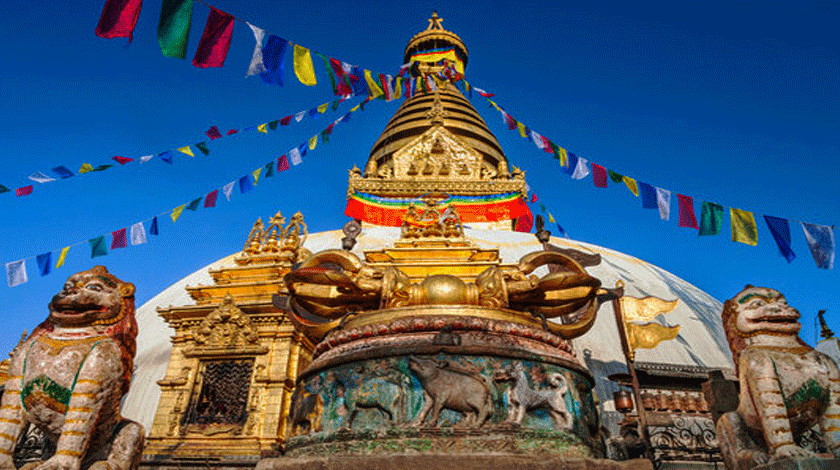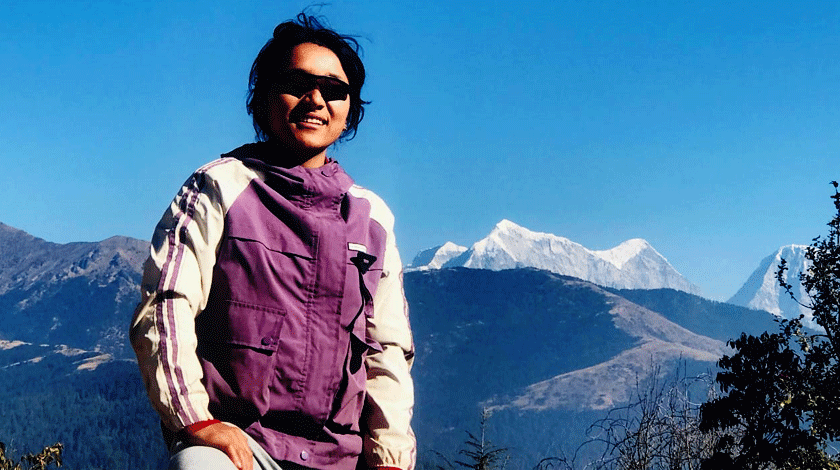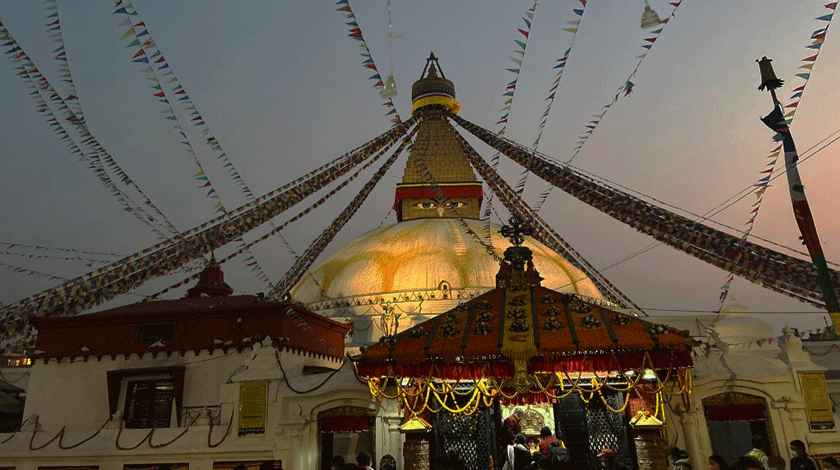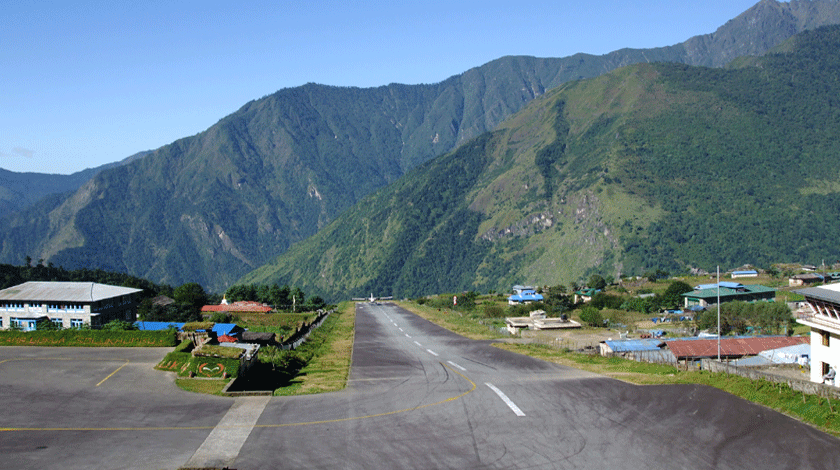Gorkha Palace
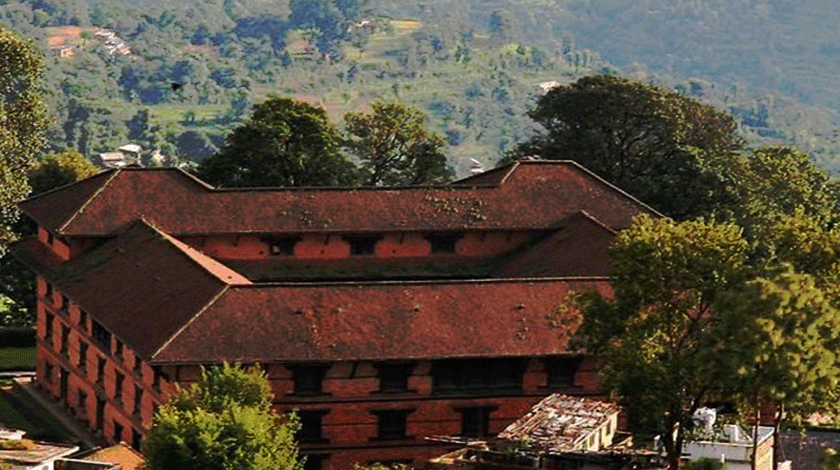
Gorkha Palace: The Cradle of Nepal’s Unification and Royal Legacy
Gorkha Palace, perched on the scenic hills of Gorkha District in Nepal, is a remarkable testament to the nation’s historical and cultural legacy. This iconic fortress is the birthplace of modern Nepal. It is closely associated with King Prithvi Narayan Shah, the visionary monarch who unified the scattered kingdoms into a single nation during the 18th century.
From the palace, a scenic hike leads to the revered Gorkha Kalika Temple. Situated atop a hill, the temple is dedicated to Goddess Kali, a spiritual haven for locals and visitors. Gorkha Palace also houses the Gorakhnath Temple, dedicated to the revered Hindu sage Gorakhnath. Devotees believe the palace grounds were blessed by the sage, enhancing its religious importance.
The path to the temple is enriched with natural beauty, offering a peaceful retreat amidst lush greenery. The spiritual atmosphere with stunning views of the surrounding landscape creates an unforgettable experience.
The highlight of a visit to Gorkha Palace and Kalika Temple is the panoramic view of the majestic Himalayan range. On clear days, the snow-capped peaks, including Manaslu and Annapurna, seem almost within reach, offering a mesmerizing sight. This journey, blending history, spirituality, and nature, makes Gorkha an essential destination for anyone seeking to connect with Nepal’s rich heritage and awe-inspiring landscapes.
Historical Significance
The Gorkha Palace, locally known as Gorkha Durbar, is far more than a mere royal residence. It represents the epicenter of Nepal’s political and cultural transformation, serving as the ancestral home of the Shah dynasty that would go on to rule Nepal for centuries. Perched atop a strategic hilltop, the palace offers a commanding view of the surrounding landscape, symbolizing the vision and ambition of the Gorkha rulers who would ultimately create a unified Nepal.
The Rise of Prithvi Narayan Shah
Born in 1723, Prithvi Narayan Shah was the king of the small Gorkha Kingdom who embarked on an ambitious mission of national unification. From this very palace, he developed and executed his revolutionary strategies to consolidate the various principalities of the region. His military campaigns and diplomatic acumen would ultimately transform the fragmented landscape of medieval Nepal into a single, powerful kingdom.
The palace itself played a crucial role in these historical developments. It was not just a residence but a strategic command center from which Prithvi Narayan Shah planned his conquests. The location was carefully chosen, providing both defensive advantages and a symbolic high ground to view the territories he sought to unite.
Architectural Marvel
The Gorkha Palace showcases a remarkable blend of traditional Nepalese architecture and strategic military design. Built primarily of wood and stone, the structure reflects the craftsmanship of local artisans and the architectural principles of the time. Multiple levels and intricate wooden carvings characterize the palace, with each section serving both aesthetic and functional purposes, revealing the ingenuity and resilience of the builders.
Moreover, to fully immerse oneself in the rich history and structural brilliance, one can also visit the Kathmandu Valley, Bhaktapur, and Patan Durbar Squares. These iconic historical sites are home to exquisite palaces that offer deeper insight into Nepal’s architectural heritage and royal past.
The complex includes several key structures:
– The main palace building
– Temple complexes
– Defensive walls and watchtowers
– Living quarters for royalty and staff
Religious Significance
Adjacent to the palace is the famous Gorkha Kalika Temple, dedicated to the Hindu goddess Kali. This temple is particularly significant, as it was a spiritual and political inspiration for Prithvi Narayan Shah. The combination of political power and religious devotion was a hallmark of governance during this period.
Cultural Impact
The Gorkha Palace is more than a historical monument. It represents the birth of modern Nepal, embodying the spirit of unification and cultural resilience. The palace is a source of immense pride, reminding them of their nation’s transformative journey.
Preservation and Tourism
Today, the Gorkha Palace is maintained as a crucial historical site. It attracts historians, tourists, and cultural enthusiasts from around the world. The Nepalese government has undertaken significant preservation efforts to maintain the integrity of this important landmark, recognizing its immense historical and cultural value.
Architectural and Historical Features
Situated at an elevation of 1,300 meters above sea level, the palace’s location was strategically chosen. The hilltop position provided:
– Excellent visibility of surrounding territories
– Natural defensive advantages
– A symbolic representation of power and control
Construction Techniques
The palace demonstrates remarkable traditional Nepalese construction techniques:
– Wooden frameworks that can withstand seismic activities
– Intricate stone masonry
– Detailed wooden carvings representing mythological and historical scenes
– Multiple-level structures that served different administrative and residential functions
Legacy of the Shah Dynasty
The Gorkha Palace was the birthplace of the Shah dynasty, which ruled Nepal from 1768 until 2008. The dynasty’s unification and state-building began within these walls, with Prithvi Narayan Shah’s vision of a consolidated Nepal.
Cultural Transformation
Through the palace, the Gorkha rulers not only expanded their territorial control but also initiated significant cultural transformations. They introduced:
– A unified administrative system
– A more centralized governance structure
– Efforts to create a cohesive national identity
– Challenges and Preservation
Historical Challenges
Like many historical sites, the Gorkha Palace has faced numerous challenges:
– Natural deterioration
– Earthquake risks
– Limited resources for comprehensive restoration
– Balancing preservation with tourism needs
Recent years have seen increased focus on preserving the palace:
– Government-sponsored restoration projects
– International collaboration for conservation
– Enhanced tourism infrastructure
– Educational programs about the site’s historical significance
Conclusion
The Gorkha Palace is far more than a historical building. It is a living narrative of Nepal’s journey, a symbol of national unity and pride, and a major attraction for visitors interested in history, culture, and scenic beauty. From its strategic hilltop location to its intricate architectural details, the palace continues to inspire and educate, bridging Nepal’s rich past with its dynamic present.
For those interested in understanding the roots of modern Nepal, a visit to the Gorkha Palace offers an unparalleled glimpse into the nation’s transformative history. It stands as a proud reminder of the courage, vision, and cultural richness that have shaped this remarkable Himalayan nation.
The palace remains an enduring reminder of the resilience and vision that shaped Nepal’s historical trajectory.
Note
Visitors to the Gorkha Palace should respect its historical significance and follow local guidelines for preservation and cultural sensitivity. Moreover, the Gorkha Palace Trek not only offers the experience of visiting the historic Gorkha Palace, but also connects to a variety of treks and destinations that highlight the rich history, culture, and natural beauty of the region. Some notable trekking extensions and attractions along this trail include:


